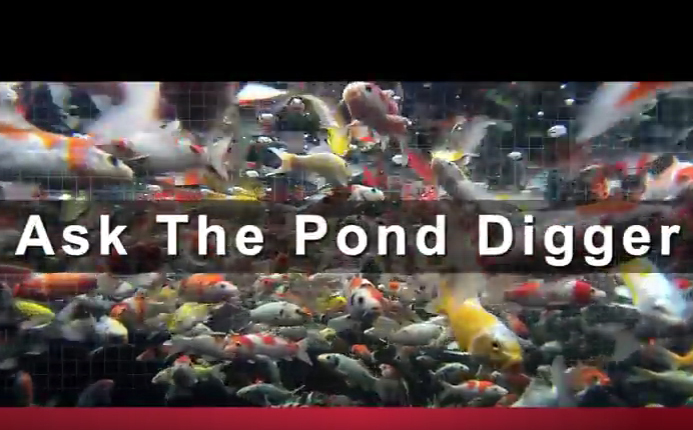Pond Decisions

Pond liners are great: They’re tough, last a long time and endure a great deal of abuse during their service lives – but sometimes people want to do strange things with them, as the first question addressed in this edition of “Ask the Pond Digger” attests.
As you’ll see, I was asked if it was acceptable to place a new liner inside an old one that was leaking like crazy. While that may seem like a harmless idea – and maybe even a reasonable one if you focus on the value of an extra bit of super-strong padding beneath the new liner – from my perspective, it’s a big mistake.
In the video, I get into a discussion of hydrostatic pressure and the fact that if a significant amount of water gets between the liners, it’s possible the new liner might float and disrupt the pond in unfortunate ways. Yes, the pond may be leaking like a sieve, which might make it difficult for volumes of water to accumulate, and you can always cut a hole in the bottom of the old liner to give incidental water a place to go – but there are risks here I don’t want to take.
One point I didn’t make in my brief discussion is that I also want to know what’s going on beneath the old liner and see if there’s any external factor that might have caused the pond to leak through its old liner. Are there sharp stones or invasive roots? Is the soil supersaturated and in need of some attention or perhaps some form of drainage system? Is there any other old-liner-hidden detail that might cause trouble in the future?
So I’ll err on the side of caution every time I face this choice: Out with the old, in with the new!
This episode’s second question is another one related to installation convenience, in this case having to do with what happens to the layer of grass and topsoil that ponds so often replace. One option is to use that material in creating a landscape berm somewhere else on the property – and that’s fine, because I never want to see this material used in the area where I’ll be crafting a waterfall.
Trouble is, this material changes over time as the sod breaks down and the plant material decomposes. That means settlement, perhaps of several inches through the next few years, and that’s not something I want to have happen with an important feature of a pond ecosystem.
Again, I’ll take the cautious path and cart the turf away: Out with the old, in with the new!
To hear this discussion in all of its detail, click here.
Eric Triplett is founder and chief executive officer at Pond Digger Waterscape Design & Construction in Yucaipa, Calif. He may be reached at [email protected].










